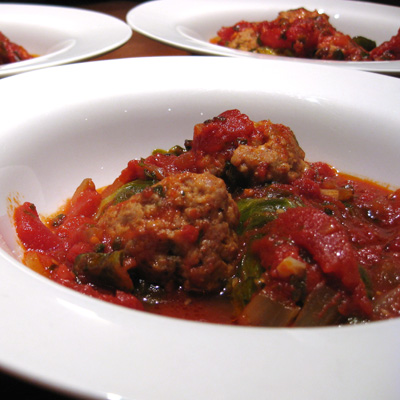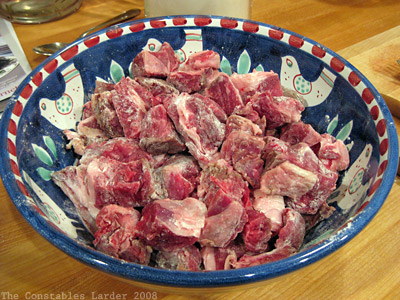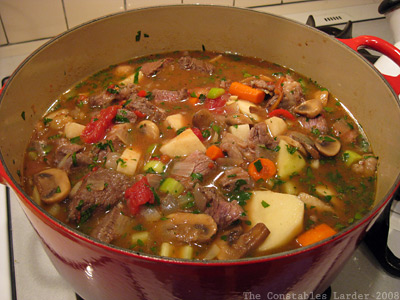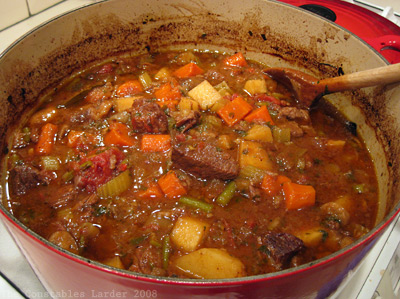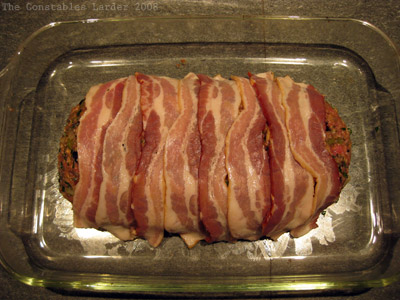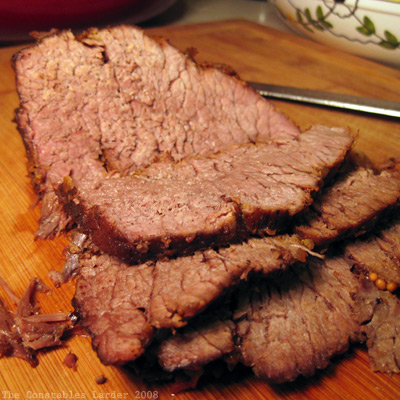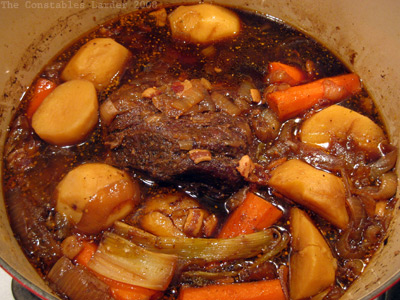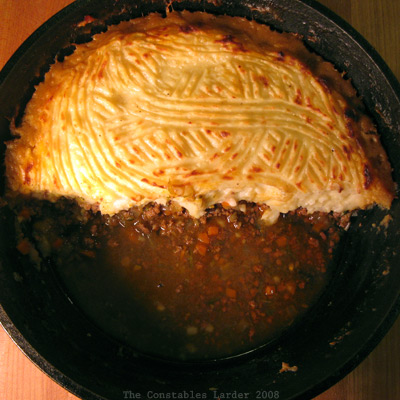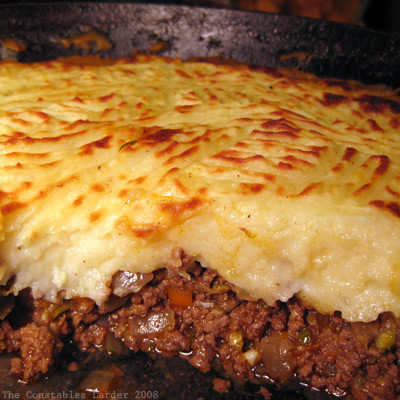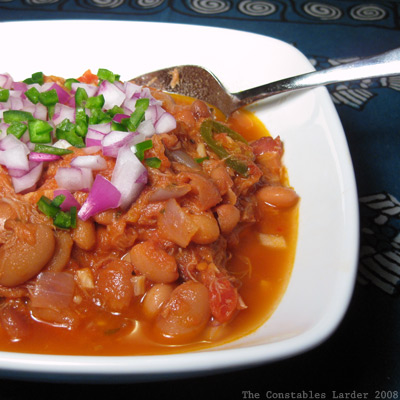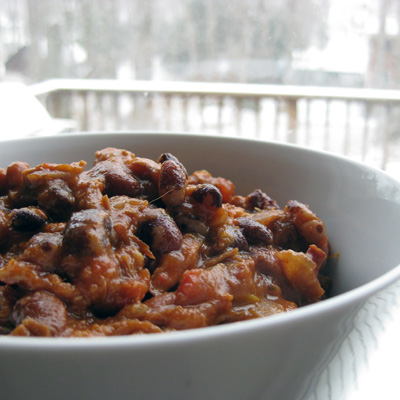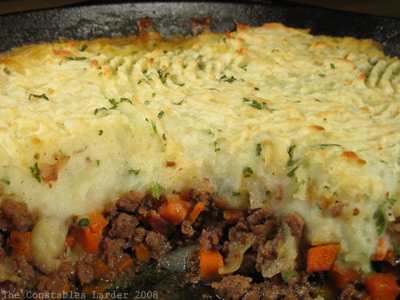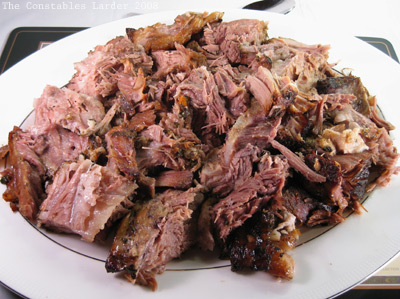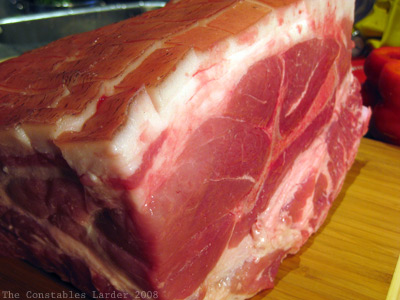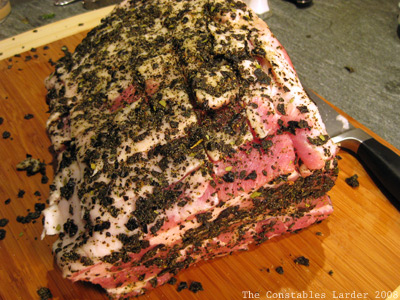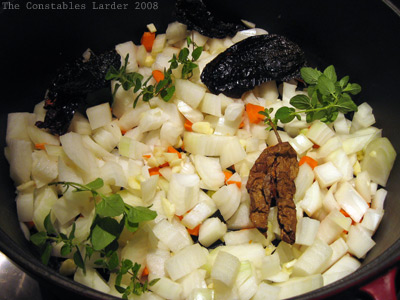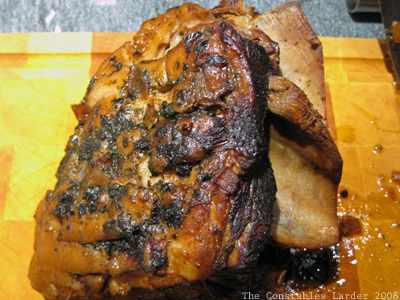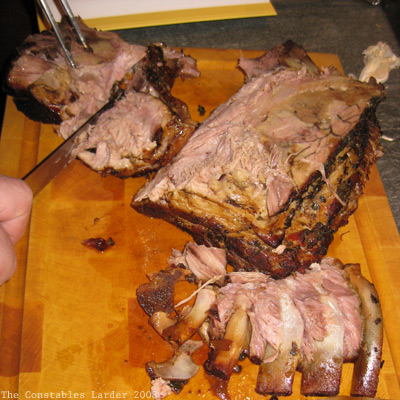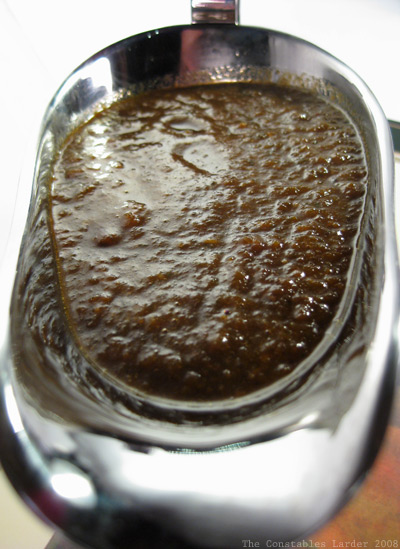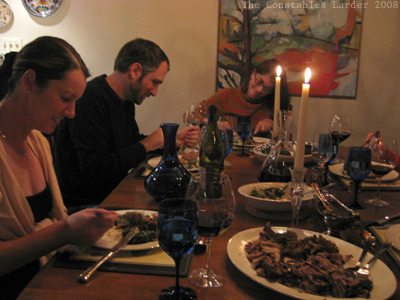Before I get to food, did you see Marcella Hazan’s op-ed in the New York Times the other day?
She bemoans the overuse of the word “chef” rather than “cook”, and what that means for food culture today. She misses “the old world of Mediterranean family cooking, a world where satisfying flavors had been arrived at over time and by consensus.” She then writes, “that world hasn’t disappeared, but it has receded, making room for a parallel world, one where food is often entertainment, spectacle, news, fashion, science, a world in which surprise — whether it’s on the plate or beyond it — is vital. This is the world of chefs.“
That sounds a lot like the shift in the art world during the 20th century, where innovation and surprise took precedence over quality, or rather, defined quality.
I wonder how much of this is true in the food world; how deep does this penetrate, and is it restricted to the major urban centers? Yes, there is clearly a general fascination with molecular gastronomy today, and I celebrate the experimentation going on. I don’t think it threatens the core of cooking, but then again, Marcella does use the word “receded” not “replaced”.
Professional critics and writers, looking for new ways to keep themselves inspired in their trade, no doubt admire and appreciate surprise, but this attitude is by no means universal. If Top Chef can be viewed as a cultural bellweather, it is interesting to note that the judges love innovation but do not hold it above all else, otherwise Marcel Vigneron and Richard Blais would have won their seasons.
In any case, time for this cook to talk about brussel sprouts…
Stewed Meatballs and Brussel Sprouts
I have a very simple dish to post today. Lord knows I love variations on stewed meatballs. My wife can’t stand hamburgers, which I jokingly say is un-American since she is, of course, not American! However, she loves these meatball dishes I play around with. In this case, I used pork and put brussel sprouts to very good effect.
I had 1 pound of ground pork leftover from Thanksgiving, and being in the mood to avoid turkey, I made small meatballs with the following mix, pulsed finely in a food processor:
a hunk of stale bread (crust removed)
half of an onion
1/3 tsp fennel seed
1/4 tsp ground cumin
a pinch of arbol pepper flakes
a tbsp of chopped fresh oregano (use less if using dried)
At the same time, I whipped up a quick tomato sauce, using canned tomatoes, onion, garlic and fresh rosemary (still alive in our garden, but it never survives the winter).
I washed and halved a dozen large brussel sprouts and pre-heated oven to 375F.
I browned the meatballs in a cast-iron pan, removed to a plate, and browned the brussel sprouts cut-side down for a few minutes, then gave them a big stir, added in the meatballs, poured the tomato sauce on top, and popped in the oven for 30 minutes or so.
The brussel sprouts taste a bit like braised cabbage here. Granted if you don’t like sprouts *or* braised cabbage, this combination is probably useless to you! Just toss those meatballs in with your pasta. However, in our household this dish was wolfed down by adult and Munchkin alike.
